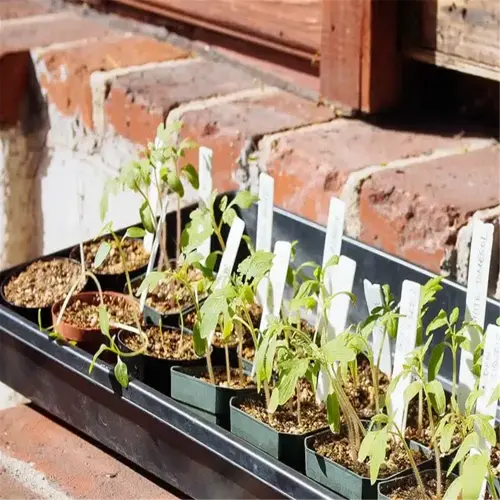Which herbs are unsuitable for indoor growing?

Written by
Michael Sullivan
Reviewed by
Prof. Samuel Fitzgerald, Ph.D.Growing herbs indoors can be enjoyable and convenient; however, certain herbs are not suited for a life indoors in containers. For instance, herbs with deep roots such as horseradish and lovage need deep soil that is not feasible for a container. Other herbs may release chemicals that inhibit the growth of surrounding plants, such as fennel. Very often, choosing compact, adaptable herbs will spare you from the headache of frustration.
Space-Hungry Herbs
- Horseradish: Requires 24+ inches of root depth
- Comfrey: Taproots break through plastic pots
- Lemon verbena: Becomes leggy without sprawling outdoor space
Humidity-Sensitive Varieties
- Tarragon: Develops mold in stagnant indoor air
- Dill: Attracts aphids in warm, dry conditions
- Bay laurel: Suffers leaf drop below 50% humidity
Indoor spaces can be a challenge for herbs that evolved for outdoor environments. Fennel is an example that produces allelopathic roots that emit growth inhibitors, specifically, that are toxic for basil to grow in mixed pots. In my first indoor garden, I had to abort the mix of herbs because they were too aggressive until I replaced the invasive herbs such as chives and oregano which are much better suited for confined growing areas.
Space Solutions
- Use 15-gallon fabric pots for dwarf fruit trees
- Prune tarragon weekly to maintain 18-inch height
- Elevate humidity with pebble trays under bay laurel
Pest Control
- Apply diatomaceous earth to deter carrot rust flies
- Install oscillating fans to disrupt whitefly colonies
- Use clove oil sprays for fungal issues
Seek herbs that yield high returns versus the effort and energy put into growing them internally. Thyme thrives on neglect, and is a bright addition in the winter to stews and such. Rosemary requires a bit of nurturing, but it rewards you with fragrant oils. As for the harder-to-grow/picky herbs, I recommend skipping them unless you commit to daily care and special growing conditions.
Read the full article: Growing Herbs Indoors: The Ultimate Beginner's Guide

